Mastering AI Vendor & Tools Selection: A Strategic Guide
AI vendor selection turns a noisy marketplace into a direct line to tools that meet your objectives, plug into your current stack, and scale safely. Choose poorly, and projects can stall for months—time most businesses can’t spare. This post lays out a clear, repeatable playbook for vetting AI partners so you land on a solution that aligns with your goals, meshes with existing systems, and keeps you clear of costly contractual traps.
Key Topics
- The AI tool explosion — an over-abundance of options can stall progress instead of speeding it up.
- The real pain of a bad pick — choose the wrong vendor and timelines slip while ROI evaporates.
- Selection criteria — a tight framework to zero in on the right partner fast.
- Contract best practices — spot hidden fees and lock-in clauses before you sign.
- Next steps & key insight — weave it all together for a partnership that endures and scales.
Criteria for Effective AI Vendor Selection
AI is evolving at warp speed, and the vendor landscape mirrors that pace. From hyperscale cloud providers with plug-and-play ML APIs to nimble startups touting niche breakthroughs, the options can feel endless. Kick off with an RFI or RFP and you’re soon drowning in feature grids and pricing tables—classic analysis paralysis.
Shift the lens to fit, not flash. The real test is whether a platform solves today’s pain points and scales for tomorrow’s demands. Will it snap cleanly into your CRM, data warehouse, and DevOps pipeline? Can it stretch from a pilot to enterprise volume without sacrificing performance or support? Nail those answers early and you cut through the comparison fog.
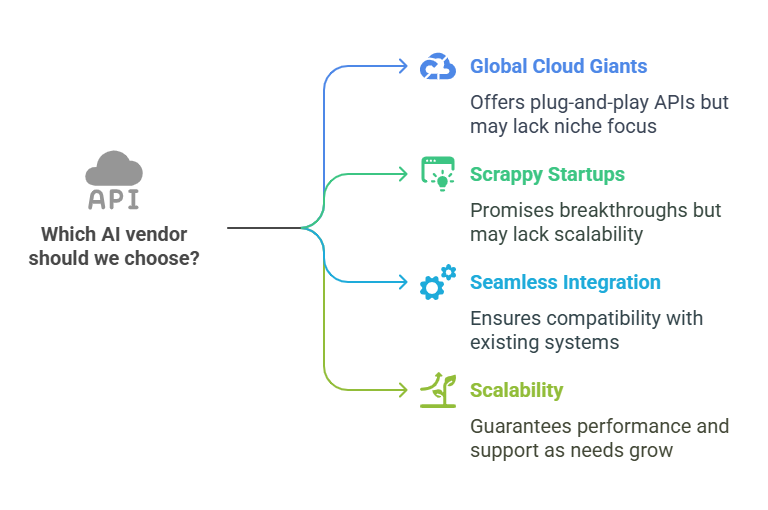
The Pain of Picking the Wrong Vendor
A poor AI vendor selection costs far more than a few lost weeks. Pick a platform that doesn’t truly fit, and you’ll hit three brick walls fast:
- Overwhelming complexity. Yesterday’s slick demo morphs into a maze of APIs and SDKs no one has the bandwidth—or appetite—to maintain.
- Vendor lock-in. Your data ends up trapped in proprietary formats, and pricing soars the moment you try to scale.
- Integration headaches. Months vanish while IT wrestles a half-baked tool into brittle, legacy systems.
In short, a flashy “yes” today can become tomorrow’s most expensive bottleneck.
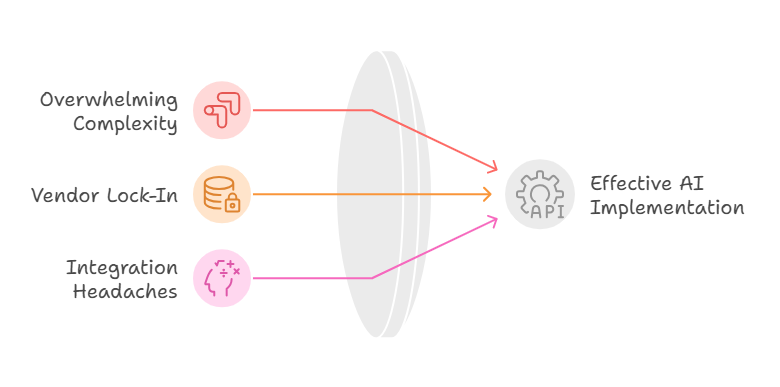
Every hour spent untangling a bad vendor choice drains confidence in your AI roadmap—executives grow wary, momentum stalls, and the “quick wins” you promised vanish.
Criteria for Selecting the Right AI Partners
Cut through the noise by zeroing in on five core dimensions:
Strategic Alignment
Begin by locking in your highest-value goals—slashing support costs, maximizing manufacturing uptime, or personalizing marketing. Then grade every vendor against those targets. If real-time fraud detection sits at the top of your list, flashy NLP features are just noise.
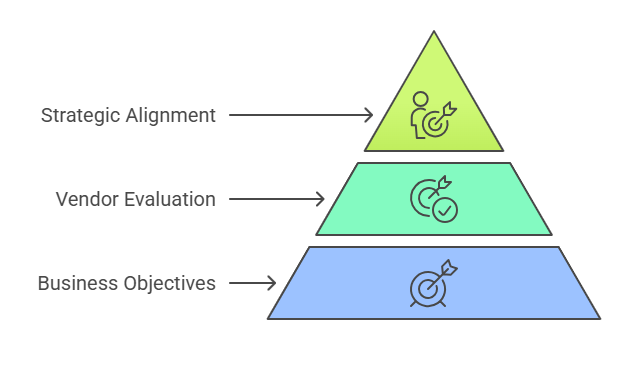
Due Diligence
Ignore the polished websites and flashy slide decks and look under the hood: talk to current customers, study independent reviews, and scrutinize the vendor’s financials. Do they keep shipping meaningful updates, or does their product roadmap stall after year one? A partner’s fiscal stability—and how quickly they patch security flaws—often marks the line between a seamless rollout and a full-blown crisis.
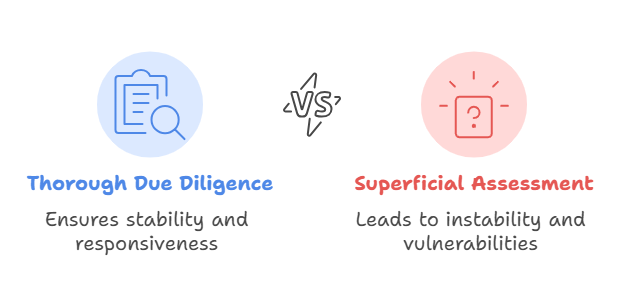
Integration & Compatibility
Make sure the platform snaps cleanly into your existing data warehouses, message queues, and identity systems. If it demands bespoke connectors—or worse, a rip-and-replace of core infrastructure—hidden costs will gut your ROI. Prioritize vendors that ship out-of-the-box integrations and well-documented RESTful APIs.
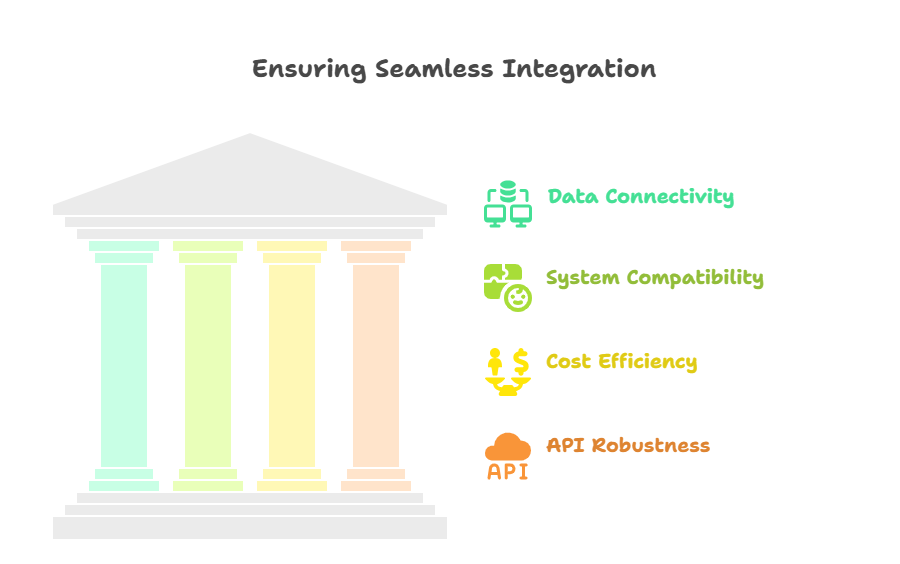
Scalability & Support
Pilots may start small, but successful projects swell fast, so choose a vendor whose platform can absorb spikes in data volume, concurrent users, and query complexity without a performance dip. Equally critical is strong support: round-the-clock SLAs, a dedicated technical account manager, and an active developer community will keep your rollout on course when hiccups hit.
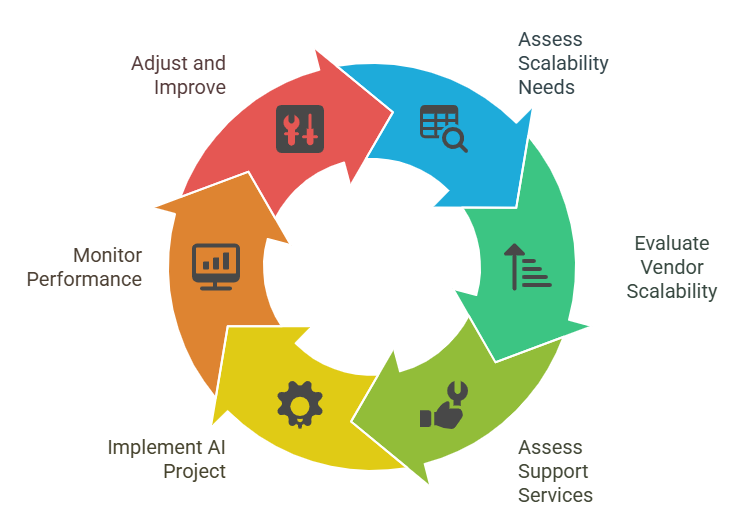
Transparent Cost Structure
Know exactly how the meter runs—whether it’s per-API call, per-seat, compute-hour, or flat license. Scan the fine print for hidden add-ons: model-retraining fees, premium support tiers, or extra charges for advanced NLP. Only a full view of total cost of ownership shields you from budget shocks as usage scales.
Evaluate vendors against these cost realities—alongside the other criteria—and you’ll end up with a short list of true fits instead of a sea of feature-heavy distractions.
Contract Pitfalls & Best Practices
Even after you’ve chosen a vendor, a loose contract can open new fault lines:
Ambiguous licensing
Steer clear of fuzzy phrases like “enterprise” or “unlimited” unless the agreement nails down user counts, data volumes, and compute caps; otherwise, you’re on the hook for surprise overages.
Hidden fees
A bargain-basement entry price can mask charges for advanced analytics modules, migration help, or premium SLAs. Demand a fully itemized cost sheet before you sign.
Rigid lock-in
If extracting your data triggers hefty exit fees or the APIs are entirely proprietary, you’re cornered. Secure explicit data-export rights and insist on portable formats to keep control of your own assets.
Weak SLAs
“99.9 % uptime” means little without remedies. Tie missed targets to concrete penalties—credits, refunds, or both—to ensure the vendor shares the risk.
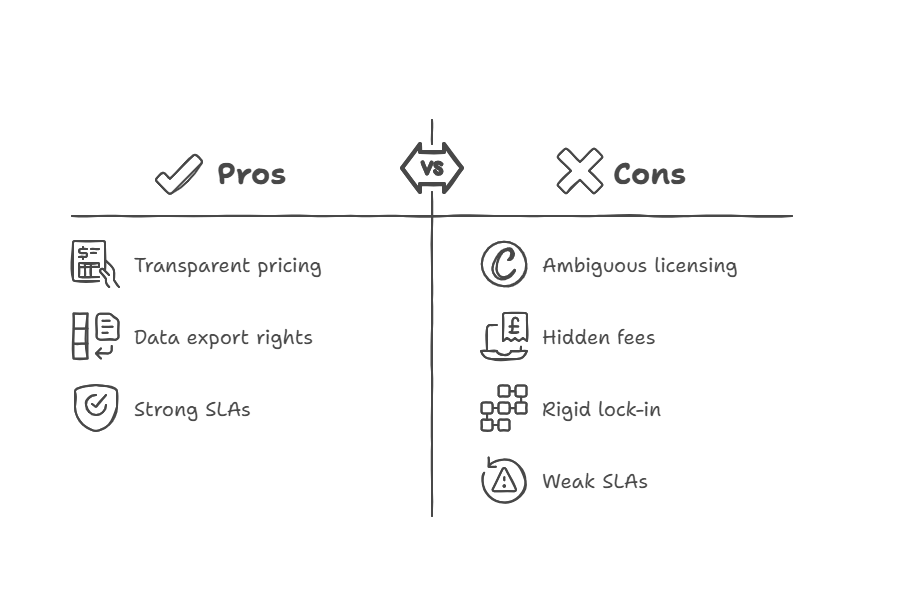
Treat the contract with the same rigor you give the technology: it’s a living risk-management tool, not boilerplate fine print.
Next Steps & Key Insight
A well-run vendor search moves fast but never cuts corners. With a focused checklist—strategic fit, due diligence, integration ease, scalability, and full cost transparency—you’ll narrow the field to tools that hit your highest-value use cases and can grow alongside the business. Pair those picks with iron-clad contracts that block hidden fees and lock-in, and the process shifts from minefield to manageable roadmap.
Key insight: Choosing a vendor isn’t a one-off purchase; it’s the groundwork for a long-term partnership. Approach it with the same strategic care you’d bring to selecting a co-founder or key investor.
Bonus Resources
Vendor Evaluation Checklist (Free Download)
A comprehensive workbook to compare and score potential AI partners across all critical factors—support, pricing, integration, and more.
30-Minute Consultation Call
A focused session with our AI strategy experts to review your requirements, shortlist top candidates, and de-risk your decision.
Ready to pick the perfect AI partner?
Download our AI vendor checklist now and, for a limited time, claim a free 30-minute strategy call with our experts to review your shortlist and hidden pitfalls.